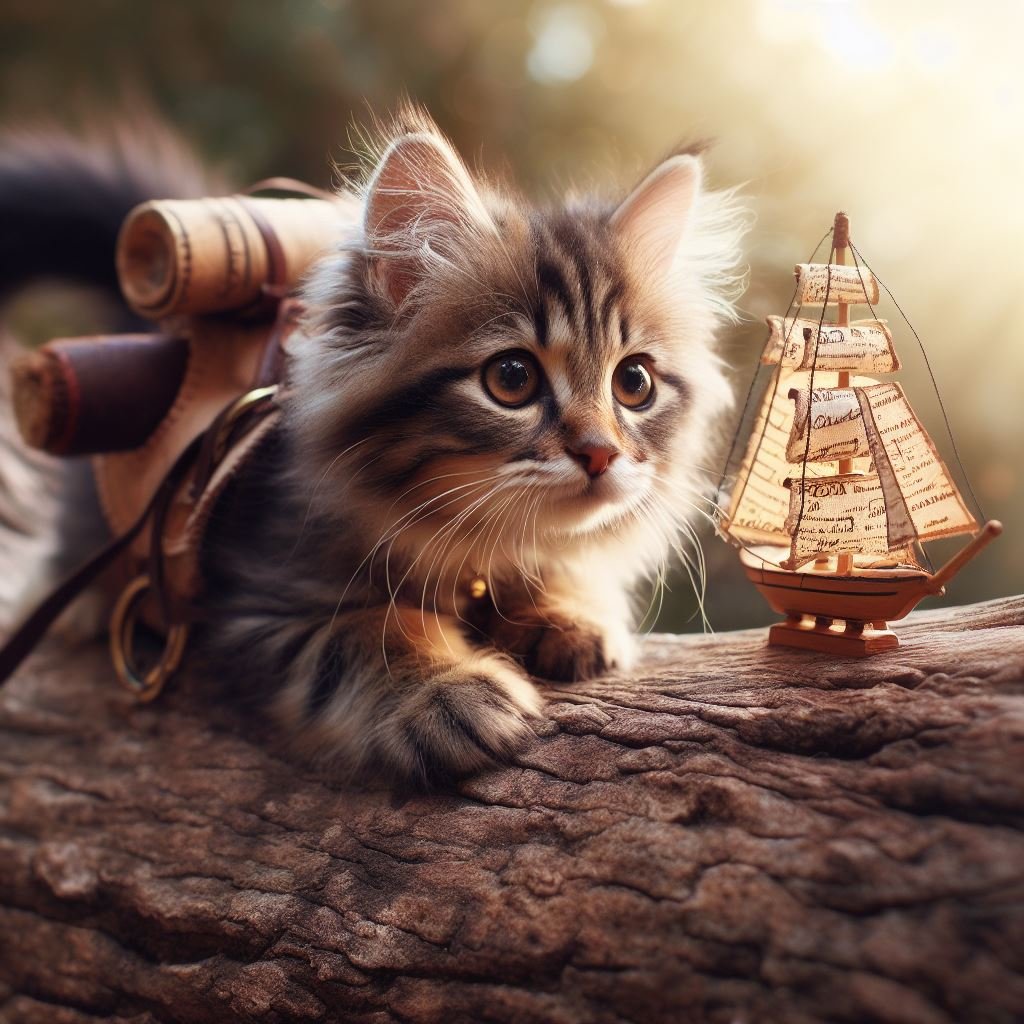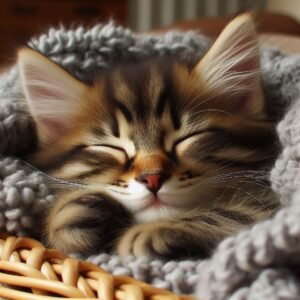Cats have been captivating humans with their mysterious grace and independent nature for thousands of years. Today, they are one of the most popular pets worldwide, but their journey to our homes and hearts is a fascinating tale that dates back to ancient times. Let’s dive into the history of cats as domesticated pets in this engaging and informative exploration.
The Dawn of Cat Domestication
The story of domestic cats begins in the Near East, specifically in the Fertile Crescent, around 9,000 years ago. This area, which includes parts of modern-day Turkey, Iraq, and Egypt, was a cradle of early human civilization. Here, our ancestors transitioned from a nomadic lifestyle to settled farming communities.
The first wild cats were likely drawn to these early human settlements by the abundance of rodents attracted to grain stores. Unlike the situation with domestic dogs, who were actively tamed by humans, cats essentially domesticated themselves. They were tolerated by people because they kept the rodent populations in check, protecting precious food supplies.
Cats in Ancient Civilizations
The relationship between cats and humans deepened in ancient Egypt, where they were revered. Cats in Egypt were associated with the goddess Bastet, symbolizing protection, fertility, and motherhood. They were so esteemed that harming a cat was considered a grave crime. The Egyptians were probably the first to keep cats as pets, and the affectionate relationship between humans and cats is clearly depicted in their art and literature.
The Spread of Cats Across the World
From Egypt, cats began to spread across the ancient world. They were valued aboard ships for their ability to control rodents, a trait that made them indispensable in maritime trade and exploration. This role greatly aided their spread throughout Europe and Asia.
In the Middle Ages, however, cats faced a dark period in Europe. They were often associated with witchcraft and bad luck, leading to widespread persecution. This unfortunate association likely contributed to the rampant spread of the bubonic plague, as the reduced cat population allowed rodent numbers to boom.
The Renaissance: A Turning Point
The Renaissance marked a turning point for cats in Europe. They began to be seen in a more positive light, celebrated for their beauty and grace. This change in attitude was reflected in art and literature, where cats were often depicted as companions and symbols of domestic tranquility.
Cats in the Modern Era
The 19th century saw a significant shift in how cats were perceived and treated. They became popular pets among the upper and middle classes, especially in Britain. Cat shows started in the late 19th century, further boosting their popularity. The creation of cat fancy organizations and breeding standards began to shape the wide variety of breeds we see today.
The Role of Cats in Contemporary Society
Today, cats are cherished members of many families worldwide. Their popularity has soared with the rise of the internet, where videos and images of cats have become a cultural phenomenon. They are celebrated for their unique personalities, ranging from aloof and independent to affectionate and playful.
Conclusion
The history of cats as domesticated pets is a testament to their adaptability and enduring appeal. From rodent hunters in ancient granaries to internet superstars, cats have maintained a special place in human society. Their journey from wild animals to beloved companions is not just a tale of domestication but a story of mutual respect and affection between two species. Cats, with their enigmatic charm, continue to fascinate and delight us, proving that they are indeed deserving of their status as one of the most beloved pets in the world.



